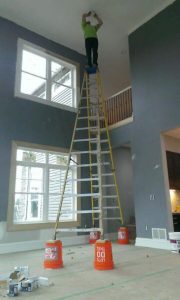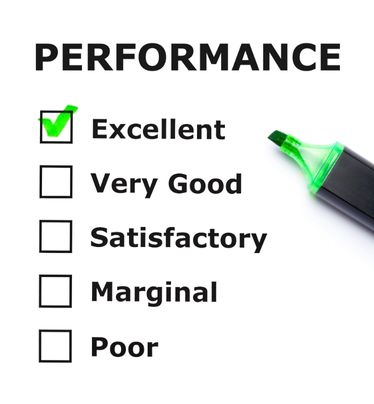How far away is death? Changing a light bulb

But changing a light bulb is easy, right?
The answer to changing a light bulb and the degree of difficulty, or hazard, is that first it depends on how hard it is to remove the old bulb and if it’s intact.
Also involved in safely (operative word) changing a light bulb:
- how high is the fixture, or is it hard to reach?
- if you have to remove the old bulb and it’s broken, look up the potato method
- think ahead and have the new bulb on hand (hopefully, you’ve invested in LED)
- importantly, if you’re not steady on your feet, toss your pride out the window and ask a friend or a professional

TapRooT® Root Cause Analysis examples of failures:
There are three types of equipment failures. They are:
- Failures that don’t require troubleshooting.
- Failures that just require troubleshooting.
- Failures that require troubleshooting and root cause analysis.
Let’s explain the three types.
Failures that don’t require troubleshooting
The first type of failure is very simple (like a burned-out light bulb). It doesn’t require troubleshooting or root cause analysis. You just replace the bulb. You don’t need a book or troubleshooting tools to do that.
But what if the bulb keeps burning out every day? Then you have a problem. The frequency of the failure is too high. You need to find out the cause behind the repeat failures. It is time for troubleshooting.
Failures that require troubleshooting
If the failure is somewhat beyond the simple example (a burned-out bulb) but does not have serious consequences, the equipment troubleshooter may apply just the equipment troubleshooting techniques described in Chapter 4 of the book without applying the entire TapRooT®/Equifactor® process. This is the second type of failure.
Failures that require troubleshooting and root cause analysis
Other examples of the need for troubleshooting techniques and root cause analysis are when failures have unacceptable consequences. For example:
- The failure is part of a significant environmental release.
- The failure leads to a serious injury or fatality.
- The failure causes major plant downtime.
- The failure causes unacceptable quality issues.
- The failure is expensive (equipment damage, repair costs, …).
- The failure keeps happening over and over again.
In these cases, management may want a thorough investigation of what happened, and the entire Equifactor® Troubleshooting and TapRooT® Root Cause Analysis processes will be applied. That’s the third type of failure.
Sign up for a TapRooT® Root Cause Analysis Training Course
Circumstances can crop up anywhere at any time if proper and safe sequence and procedures are not planned and followed. We encourage you to learn and use the TapRooT® System to find and fix problems.
TapRooT® has a team of investigators and instructors with years of extensive training ready to offer assistance worldwide. We also offer ongoing support to our clients through free newsletters and Root cause tip videoS, the root cause analysis blog, and our annual Global TapRooT® Summit.
Register for one of our courses. We offer a basic 2-Day course and an advanced 5-Day course.
Contact us or call 865.539.2139 about having a course at your site or for further root cause analysis opportunities. We’re here to find solutions for you.
TapRooT® courses are taught all over the world; if you need specific times or locations, please see our full selection of courses.



